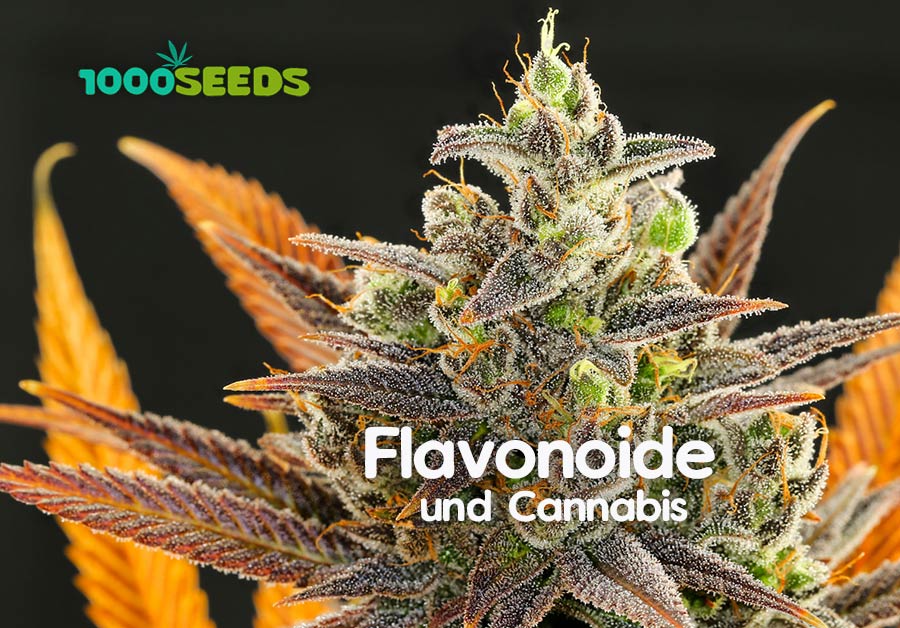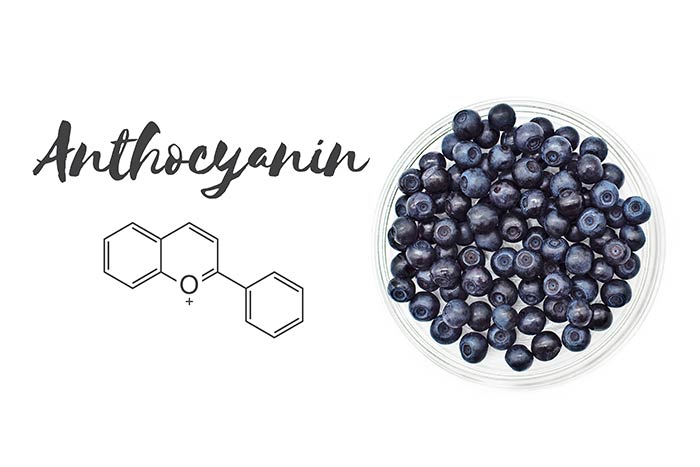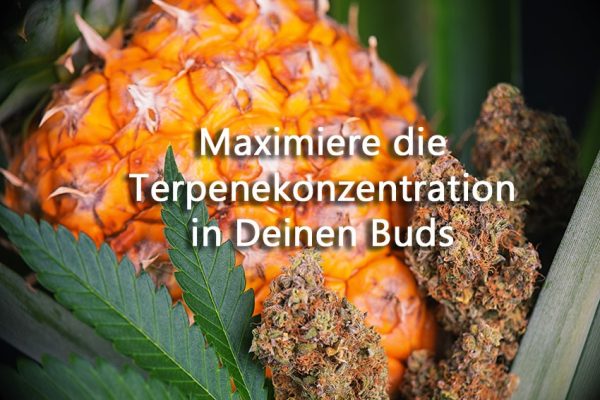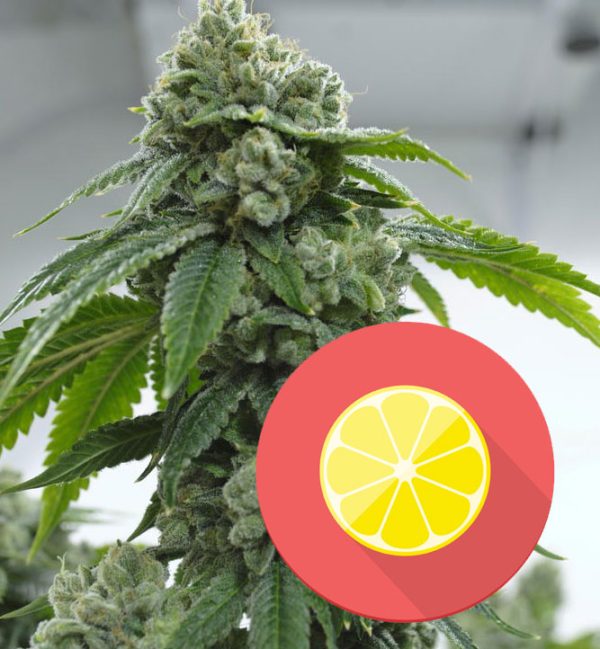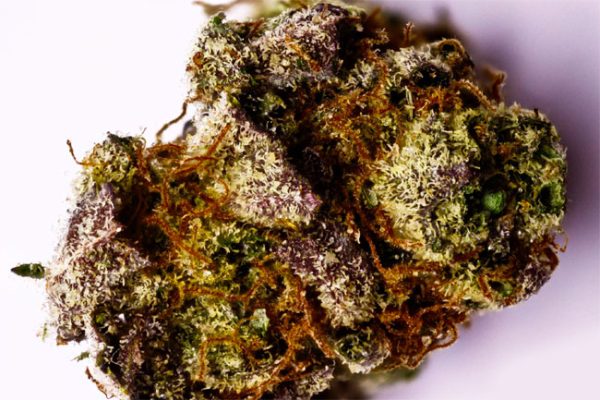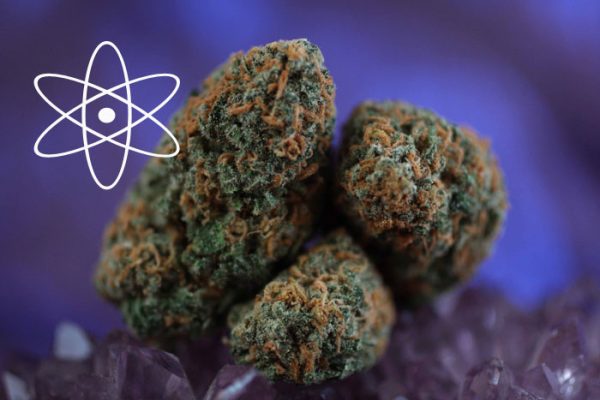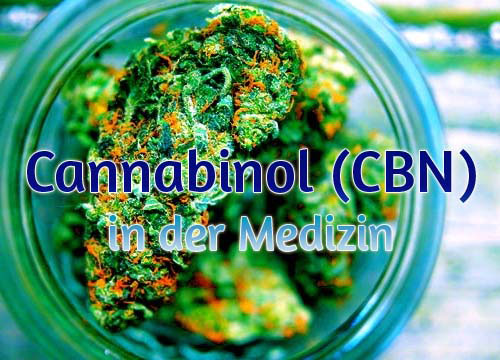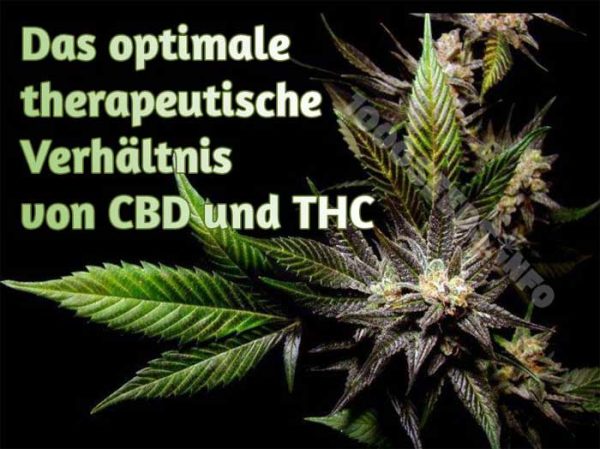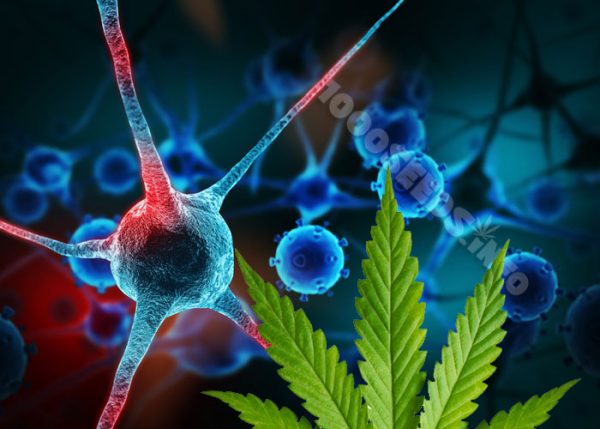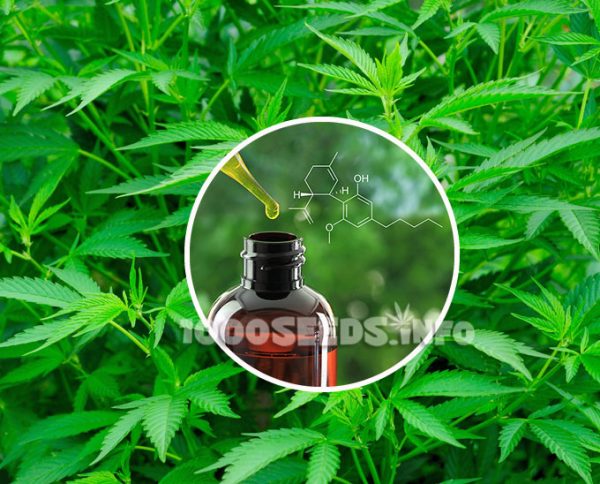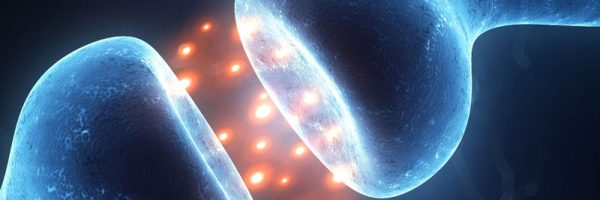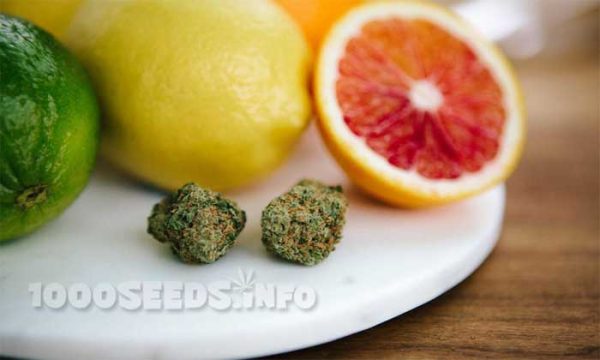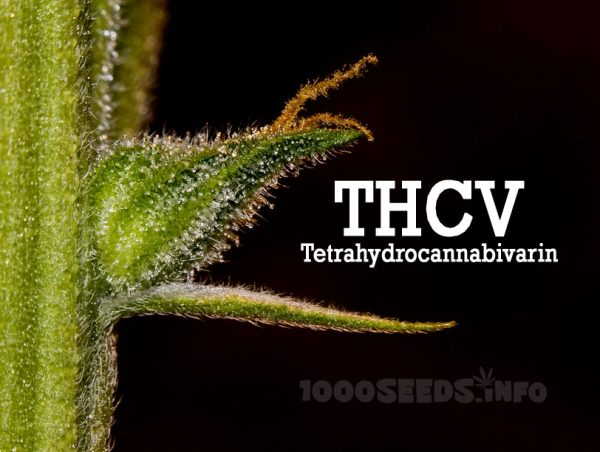What are flavonoids?
So far, more than 200 active compounds have been found in cannabis, mostly focusing on the (phyto-)cannabinoids and the terpenes. However, these are not the only important compounds produced within cannabis plants. There are also the flavonoids. They make up about 10% of all known compounds in cannabis.
Flavonoids are not only found in cannabis plants and thousands of them have been found in other plants (flowers, fruits, vegetables). However, there are some flavonoids that only occur in cannabis. They are also called cannaflavins. Comparable to terpenes, flavonoids have an important influence on the perception of cannabis with our senses.
But flavonoids contain much more than we can perceive with our nose and sense of taste. Flavonoids consist of groups of polyphenol compounds that serve as secondary metabolites for numerous plants and fungi. So far, more than 6000 flavonoid species have been found whose functions are very versatile. Flavonoids also influence the pigmentation of cannabis and many other plants and flowers. They ensure that pollinators such as bees and other insects are attracted.
Vegetables and fruits, for example, owe their bright colours in part to falvonoids. These compounds protect the plant from harmful UV rays, pests and diseases. When we think of the aromas and flavours of cannabis, the terpenes come to mind first. However, flavonoids also have a significant part in this. Because of the synergistic properties of terpenes and flavonoids, taste and smell is possible in cannabis.
The beautiful deep purple plants and flowers have their colour because of flavonoids, more precisely anthoxanthins or anthocyanins. In many plants, anthocyanin causes a reddish, violet or even blue colouring depending on the pH value, which we can see in many types of berries, for example.
In nature, flavonoids have important functions:
- Attraction of pollinating insects
- Detection of specific light wavelengths
- Protection from UV rays
- Regulation of the cell cycle
- Influence on the transport of auxins
- Defence against pests
Flavonoids are pharmacologically active compounds
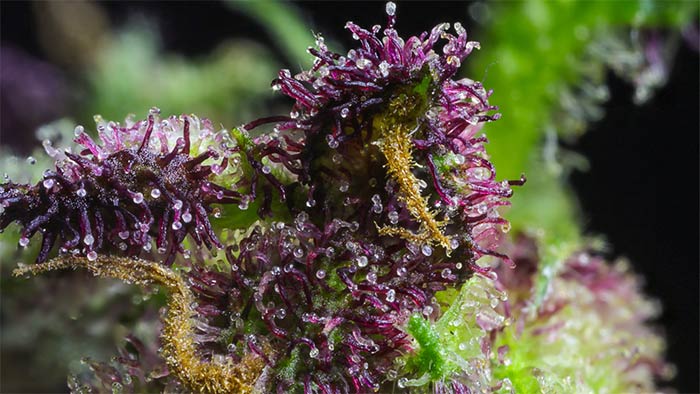
Studies have shown that flavonoids, apart from their protective function and smell/taste, are also highly pharmacologically active and offer medicinal benefits. Especially the flavonoids that are only found in cannabis, the cannaflavins. To what extent flavonoids improve and modulate the efficacy of cannabis is not yet fully understood. Further studies will be necessary for this.
Cannaflavin A, found in cannabis, is pharmacologically active. Studies have shown that it has anti-inflammatory properties that may be stronger than those of aspirin. Cannaflavin B and C are also being studied for their potential medicinal benefits.
Other highly active flavonoids found in cannabis plants are: Orientin, Quercetin, Silymarin and Kaempferol. All of these flavonoids are believed to have anti-inflammatory, antifungal, antioxidant and even anticancer properties. Further research needs to be done on this to find out even more.
Flavonoids can be synergistic in cannabis
"The entourage effect" is a now well-known term that represents the synergistic effect of the many pharmacologically active compounds in cannabis. Our bodies are equipped with an endocannabinoid system, a vast network of receptors covering almost every organ and system within us. Cannabinoids bind to these receptors and produce different effects, which are further influenced by terpenes and cannabinoids.
Certain combinations of biomolecules can trigger very different effects, which is related to the synergistic properties of these different compounds. Cannabidiol (CBD) modulates the effect of THC at the blood-brain barrier. It is assumed that flavonoids have comparable synergistic effects. However, exactly what this looks like still needs to be clarified and investigated in more detail.
The different cannabis varieties each contain hundreds of compounds with specific properties and characteristics. The concentration and combination of flavonoids depends on the genetics of a variety and the respective cultivation conditions (light, substrate, climate...). Especially in the flowers, but also in the leaves and stems, we find a high concentration of flavonoids.
Dr Mechoulam and other scientists such as Ethan Russo and James MacPartland are among the few working today to explore the background of flavonoids as found in cannabis. However, flavonoid research in cannabis remains understudied. There is now plenty of scientific evidence on the usefulness of cannabis in the fight against cancer.
New Harvard study brings cannabis flavonoids into focus
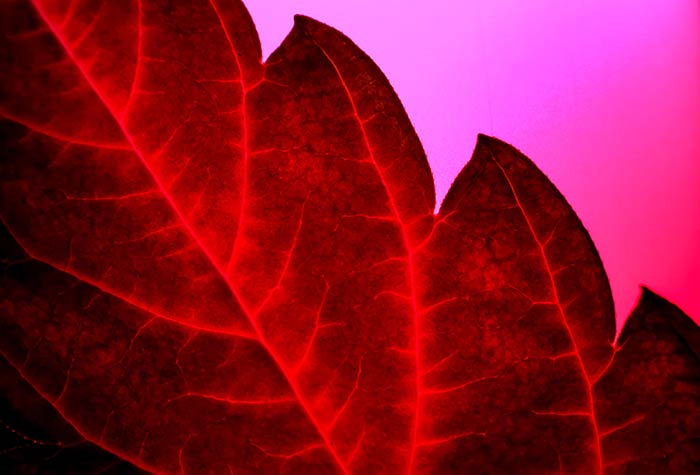
A new study at Havard University looked at cannabis flavinoids and pancreatic cancer. Similar to other studies on cannabis in the treatment of cancer, they came up with positive results. The study found that flavonoids in cannabis can stop the growth of pancreatic cancer tumours. The researchers had focused on pancreatic cancer because it is so difficult to treat. Pancreatic cancer forms an immunosuppressive tumour that develops resistance to treatment. From cannabis flavinoids, the researchers made the drug called FBL-03G. This was injected into mice and combined with radiation therapy, resulting in a slowing of cell growth of certain cancers. The drug caused a significant increase in the survival rate of the animals that had pancreatic cancer compared to the control cohorts.
Wilfred Ngwa, Global Health Director at Dana-Farber Cancer Institute and Brigham and Women's Cancer Center at Harvard Medical School, said the results were "very surprising". The researchers now hope the drug will be approved for a clinical trial. The Harvard researchers' findings add to a growing list of studies that showed cannabis could potentially be used against cancer. A recent study from India reviewed literature from studies around the world. Among their findings were studies proving that cannabis can slow the growth of cancerous tumours and that a CBD compound can potentially prevent the spread of certain types of breast cancer.
Canadian researchers recently announced that they have found the key to using cannaflavin to make a natural painkiller that is up to 30 times more effective than aspirin.
The findings so far on the flavinoids in cannabis are promising and once again show the versatile and profound effects of cannabis and its active compounds. We are curious to see what results further studies will bring.
-
Medicinal Properties of Cannabinoids, Terpenes, and Flavonoids in Cannabis, and Benefits in Migraine, Headache, and Pain: An Update on Current Evidence and Cannabis Science
-
Article in Headache The Journal of Head and Face Pain 58(7):1139-1186 - August 2018
-
Cannabis Pharmacology: The Usual Suspects and a Few Promising Leads. Advances in Pharmacology, Russo, E., Marcu, J.






